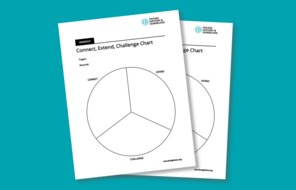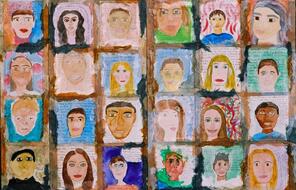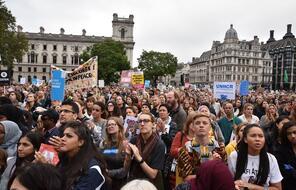
Understanding and Assessing the UK’s Democracy
Overview
About this Lesson
We live in a time of great tension and conflict in democracies around the world. Political and social differences, eroding trust in institutions, and rising incidents of hatred and bigotry all threaten our democratic structures and the social contract, which underpins how we relate to one another: tolerance and an ability to connect with those who hold views different to our own has decreased. Elections in recent years, both inside and outside of the United Kingdom, have further revealed and exacerbated deep divisions within many democratic societies, raising fundamental questions about the strength and fragility of democracy in our world today. Moreover, in the UK, controversies surrounding the conduct of Members of Parliament have raised important questions concerning the democratic process: Who is responsible for holding the Prime Minister and Members of Parliament to account? What are, or should be, the consequences for those who breach expected codes of conduct? And, if a Prime Minister resigns, who has a say in who the replacement will be?
Given this political climate, it is vital to reflect on what it takes to sustain democracy and to consider how, as educators, we can help young people understand what democracy is, the role they can play in upholding democratic institutions and values, and the importance of collaborating with, and listening to, those with different perspectives.
This lesson has been created to that end and is divided into two parts. Part one provides students with an opportunity to explore and deepen their understanding of the concept of democracy and equips them with a framework to assess the health of a democracy. Part two then explores the strengths and weaknesses of the UK’s parliamentary democracy.
Activities
Part I
Part II
Extension Activities
Materials and Downloads
Additional Resources
Unlimited Access to Learning. More Added Every Month.
Facing History & Ourselves is designed for educators who want to help students explore identity, think critically, grow emotionally, act ethically, and participate in civic life. It’s hard work, so we’ve developed some go-to professional learning opportunities to help you along the way.
Exploring ELA Text Selection with Julia Torres
On-Demand

Working for Justice, Equity and Civic Agency in Our Schools: A Conversation with Clint Smith
On-Demand

Centering Student Voices to Build Community and Agency
On-Demand



















